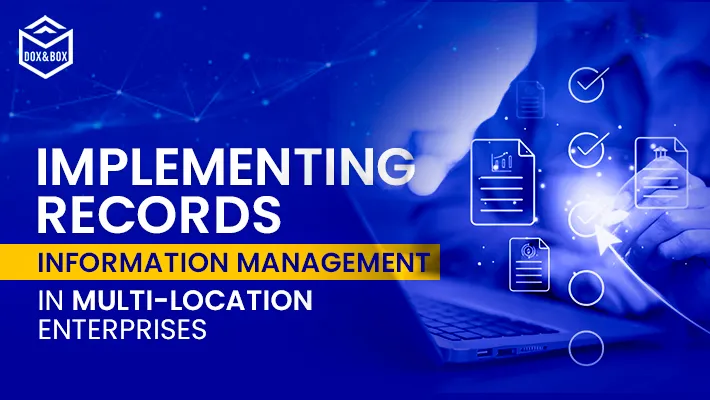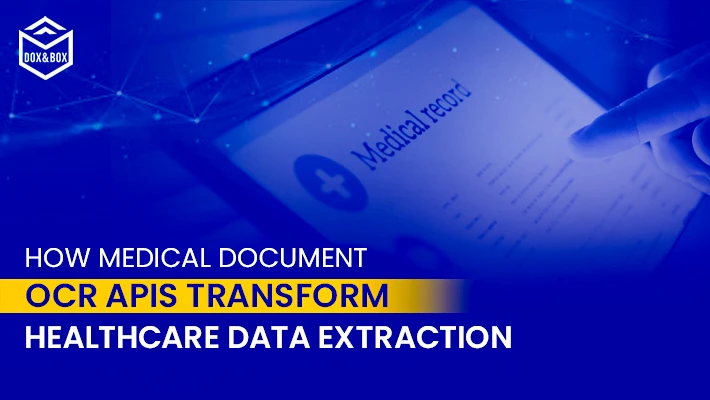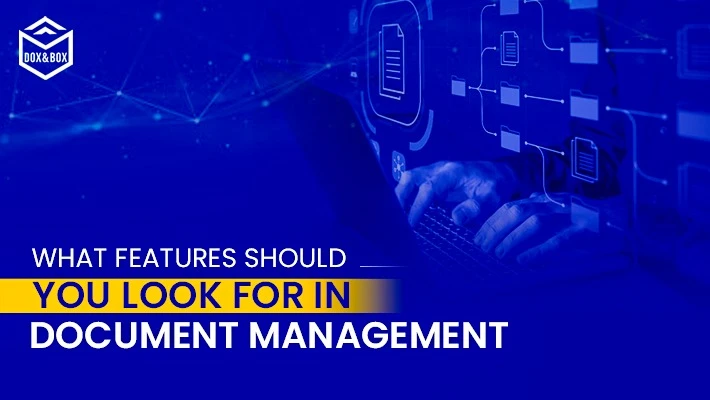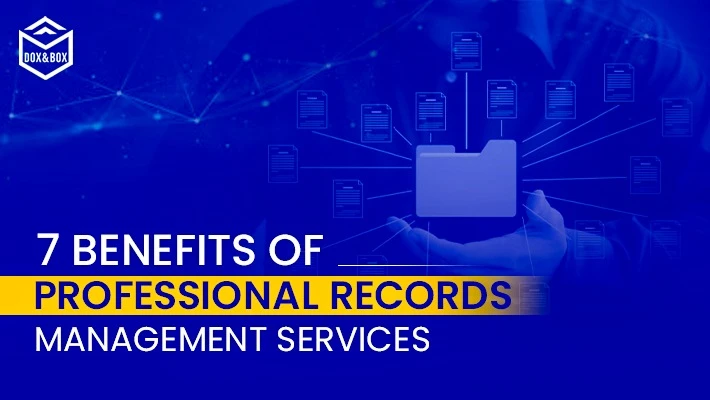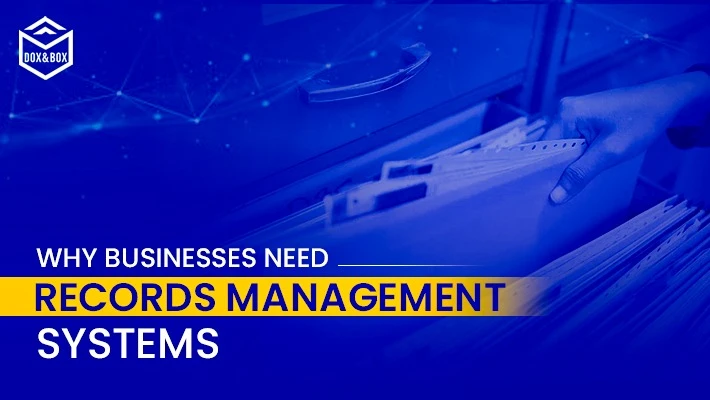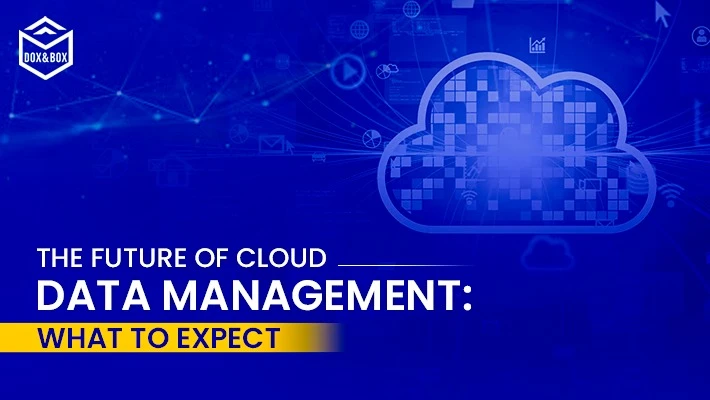Oct 24, 2025
When you have a business in more than one city, country or even continent, then the manner in which you empower information can win or lose agility in operations. Branch managers should be able to access contracts instantly, regional compliance officers require the ability to look up audit trails when they need them, and the headquarters requires real-time visibility of document lifecycles. In the absence of a well thought out strategy, crucial records end up becoming disintegrated, duplicated or lost in silos, which heightens risk and cost. An organized information governance solution renders these problems into a competitive strength.
The Multi-Location Challenge
Multi-site companies have to overcome challenges that single-site enterprises seldom experience. Different sets of regulatory regimes, inconsistent naming schemes, workflows combining paper and digital processes and the existence of incompatible legacy archives obscure visibility. Audits require shipping containers of files across borders, which is both very costly and insecure, and regional servers with varying retention requirements introduce compliance gaps. Such issues require an end-to-end solution that addresses people, processes, and technology, and not yet another software licensing solution.
Build a Central Governance Framework
The key to an efficient records information management system is a well-defined, enterprise-wide governance model. Begin with the formation of a steering committee that includes legal, risk, IT and each of the major regions as stakeholders. They are obliged to classify schemes, retention schedules and paths of escalation that can be used universally though exceptions can be made locally. Policies are living documents, and they should be treated in that way, being reviewed once a year in view of the changes in the rules or acquisitions.
To maintain a practical framework, each component of the policy should be assigned to the responsible quarters at the head office and regional departments. This dual ownership structure instills uniformity but facilitates local flavour, preventing disjuncture between the head office and regional offices that derail most initiatives.
Choose Technology That Bridges Distances
The latest cloud-native technologies allow for the avoidance of the replication of infrastructure in each branch. Seek out a records information management system that has centralized control with distributed accessibility, in-place encryption and regional data-residency choices. A powerful API integration should automatically index records in ERP, CRM and collaboration suites, and minimise manual indexing.
Equally important is interoperability. Large enterprises often inherit multiple records management systems after mergers and acquisitions. Prioritize solutions that can federate searches across these repositories so users get a single pane of glass without costly migrations. Automation engines for classification and retention then apply global policies consistently, even when content resides in different silos.
Standardize Metadata and Classification
In a multi-location enterprise, a contract signed in Mumbai should be classified the same way as one signed in Madrid. Standardized metadata fields—client name, contract type, effective date—make this possible. Begin with a controlled vocabulary approved by legal and compliance teams, then embed it directly into capture templates and user interfaces. When employees in every office select from the same drop-down lists, downstream reporting becomes exponentially more accurate.
Advanced records information management system platforms now include machine-learning tools that recognize document types by layout or content. Training these models on multilingual samples ensures they work equally well in German, Japanese, or Spanish, easing user adoption across regions.
Harmonize Compliance Across Jurisdictions
Data-protection laws differ widely: Europe’s GDPR mandates the right to erasure, while India’s DPDP Act focuses on consent and localization. Industry rules like HIPAA, SOX, and ISO 15489 add another layer. A unified retention schedule mapped to each regulation allows you to apply the strictest rule where overlaps occur, avoiding fines.
Automated legal holds are critical. If a lawsuit emerges in one country, the hold must instantly freeze relevant records worldwide. A capable records information management system can cascade such holds, log every action for defensible proof, and release content once the matter closes, minimizing storage overhead.
Embed Change Management and Training
Technology cannot succeed without people. Launch a global communication plan that explains why secure information practices matter to every employee’s daily work. Offer localized e-learning modules, quick-reference guides, and in-app tooltips. Designate “RIM champions” in each office who can answer questions in the local language and escalate issues.
Regular internal audits reinforce good habits. Use dashboards to track capture completeness, metadata accuracy, and on-time disposition rates. Celebrate high-performing teams to build a culture where compliant information handling is seen as an enabler, not a hindrance.
Leverage Analytics for Continuous Improvement
Once your framework is live, use built-in analytics to surface bottlenecks and reveal opportunities. For example, dashboards might show that sales contracts in one region take twice as long to approve because signatures are still routed on paper. Armed with this insight, you can digitize signatures and shorten cycle times.
Predictive models can also flag records approaching retention deadlines, helping you schedule disposals during low-usage windows and freeing up storage. Over time, this feedback loop will transform RIM from a cost center into a strategic asset.
Why Partner with Dox and Box
At Dox and Box, we combine decades of expertise in records and document management with a global logistics network tailor-made for multi-location enterprises. Our consultants help design governance frameworks, digitize legacy archives, and integrate leading cloud platforms. Whether you operate five offices or fifty, we deliver end-to-end services—from secure on-site capture and barcoding to off-site storage, retrieval, and certified destruction.
Clients value our ISO-certified facilities, AI-powered indexing, and 24/7 portal that puts every file a few clicks away, no matter where in the world it originated. By choosing Dox and Box, you gain a partner committed to safeguarding information, simplifying compliance, and unlocking insights that drive growth.
Conclusion
Implementing a cohesive approach to managing records across multiple locations is undeniably complex, but it is also a catalyst for efficiency and resilience. With the right governance structure, interoperable tools, and a people-centric rollout, organizations can turn fragmented archives into a unified source of truth. As regulations tighten and data volumes soar, a scalable digital governance platform is no longer optional—it is foundational to operating securely and competitively on the global stage.
